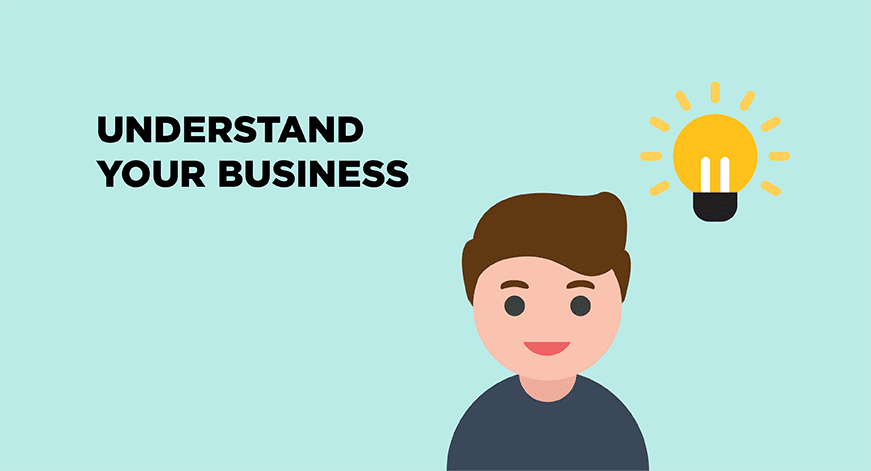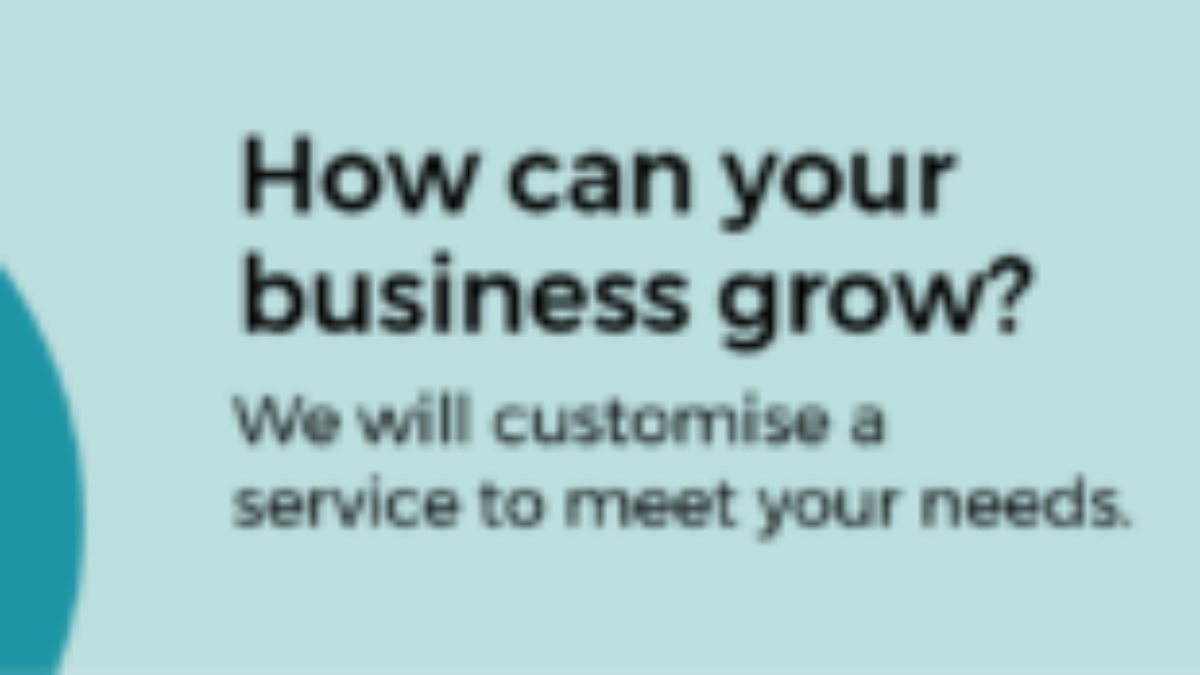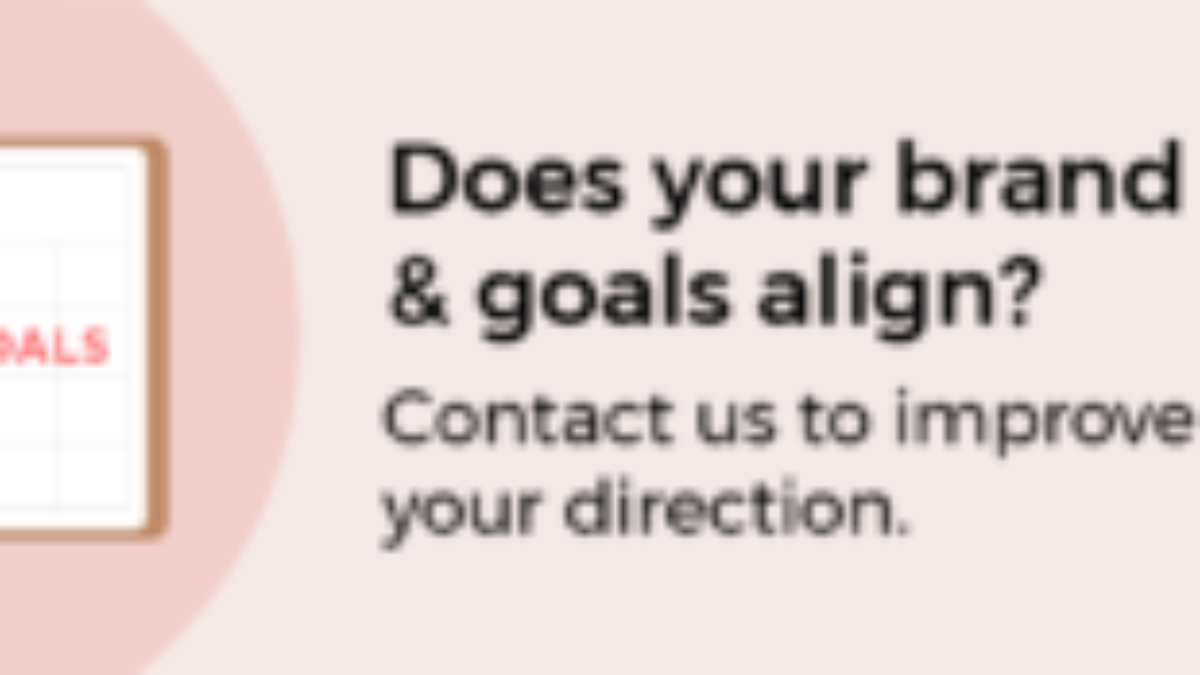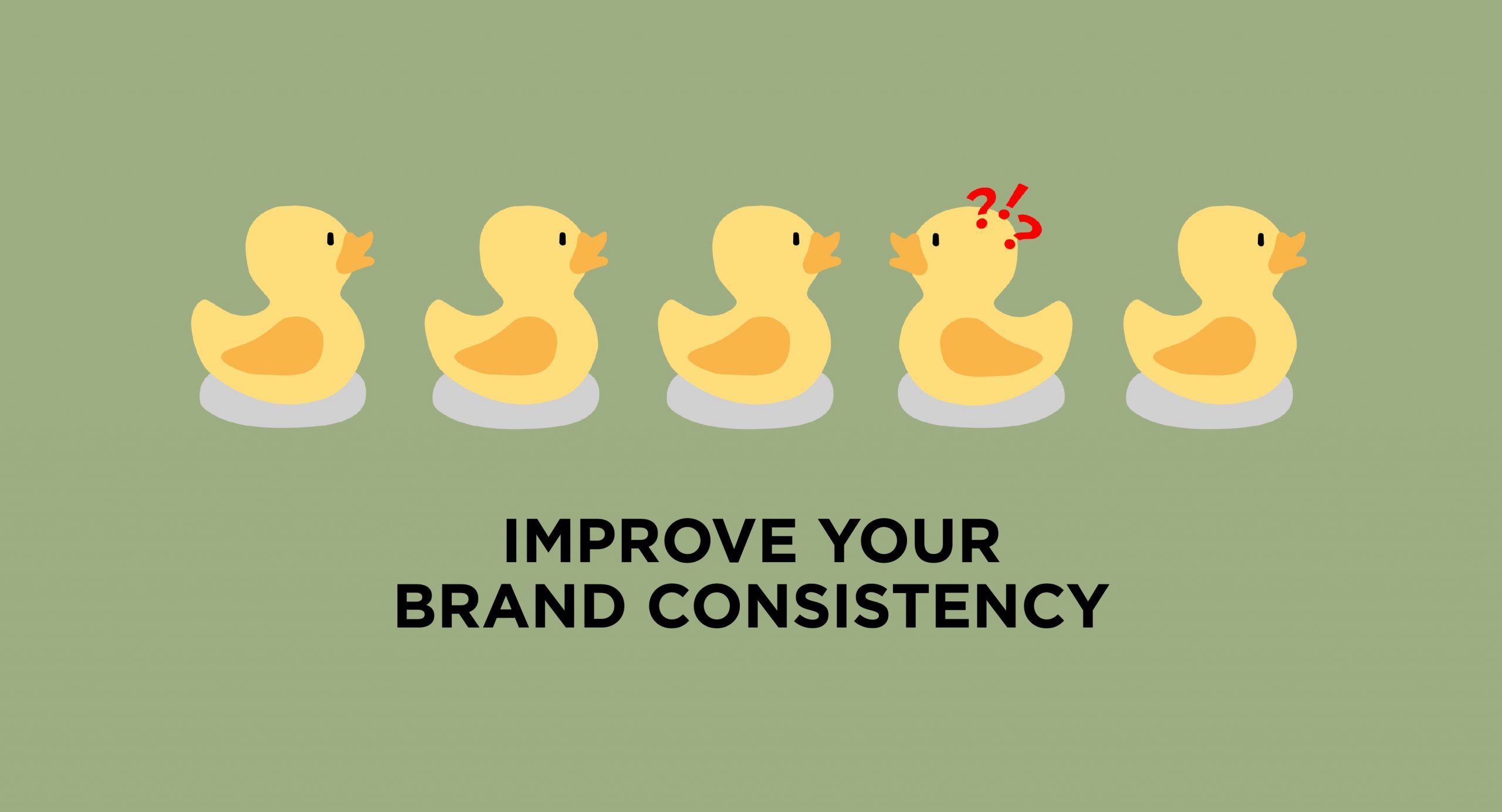STRATEGY
10 Questions that are key to understanding your business
If you want to run an effective business, you must clearly understand your strategy and where you stand in the market. If you want to have a strong overview of your business, there are ten big questions that you need to consider.
Having the answers to these questions will help you to make consistent and effective decisions.
Why is it important to better understand my business?
The better you understand the big picture of your business, the better placed you are to react to change. If you aim to grow your business, then you will also need this information in hand. Not only will it let you keep everything moving in the right direction; it will also mean you can talk about your business to investors or prospective customers with confidence.
Why was the business founded?
It’s really important to keep your eye on why you founded your business in the first place. Having the why behind your business gives you more credibility and gives you a mission. Both of these things make it easier to recruit and retain talented employees.
The story of the why behind your business is also useful for attracting more customers. When people know the story behind your business, they feel more connected and engaged.
]The other reason you should be able to answer this question is that it goes to the very heart of what your business does. Most businesses are created to solve a problem. It’s only by knowing the ins and outs of the problem you are trying to solve that you can effectively identify and then market to your customers.
What are the business’ current goals?
Whether you’re looking to grow your business or just hoping to maintain the status quo, it’s important to have short term goals. These should, ideally, be well-defined goals.
The best goals are SMART ones. That means your goals are Specific, Measurable, Achievable, Realistic and Timely. In other words, you have a specific goal in mind that you can measure so, you know if you’ve achieved it or not.

It should be something that you can actually achieve, and you have some control over. Finally, you should have a time period in mind over which you’ll work towards it. At the end of that period, you’ll review and revise your targets.
Depending on your company’s size, you may just have overarching goals for the whole company, or you might have specific goals for diffraction teams. It’s important that everyone knows what these are, as they will keep you moving in the direction you need.
Where do we want to be in 5, 10 and 20 years’ time?
Short term goals are important for driving the direction of your company on a day to day basis. However, it is vital that you also take some time to consider where you see your company in the more distant future.
If you can describe where your company should be in 5, 10, and 20 years, that will give you a roadmap and a vision that the whole company can get behind.
Obviously, your long term goals don’t need to be as specific as your short term ones. We are all very aware that life can throw some highly unexpected curve balls. But these big overarching goals make it clear to everyone where the company is pointing.
Once you have your long term goals decided, you should make a point to plan to revisit them. Thinking about them once a year is a good idea. It allows you to check if you’re still all pulling in the right direction. It can also identify if you might need to reconsider where your company is going.
Who is our target customer?
No matter what you’re selling, you must know who your customer is. The more specific you can be about who your customers are, the better your chances of successfully marketing to them.
When you think of your target customer, you should be able to be hyper-specific about them. It can be helpful to create a profile of your ideal customer. From this, you can develop a really clear picture of who it is that you’re selling to.
However, it is worth checking that the people who are buying from you match your picture of your target customers. It’s not uncommon for you to end up with a different customer demographic than you intended.
If that happens, it’s important to take some time and do some research. Find out as much as you can about who is buying from you. With that information, you’ll be much better prepared to make the tweaks you need to maximise your sales.
Who are our competitors?
To have a firm grip on your business, you also need to have a keen understanding of your competition. In some cases, it might be obvious who your competitors are, but there are often some surprises hidden when you start to ask questions.
The best way to get a clear idea about who you’re competing with is to ask your customers and prospective customers. Asking about other solutions they had considered might help you identify exactly who you’re competing against.
Not only do you need to know who you’re competing with, but you also need to know what they are offering and how it is different from what you have. Going through the sales process with a competitor and trying out their solution can be really important. It can give you insights into the ways in which you are different and ways in which you might improve what you do.
It can be easy to just put your head down and focus on what you’re doing. But, if you ignore the competition, you’ll be missing out on opportunities to improve and may eventually end up losing out on revenue as well.
Why do customers choose us over competitors?
It’s really important to know what persuaded your customers to choose you over the competition. Customers will often make a decision for reasons that you didn’t expect. If a large number of your customers have the same reasoning, then it’s important to know what that is.
For instance, if your customers like a small feature that you added a long time ago, and you remove it, then you might not only have unhappy customers, but you’ll also lose future sales as well.
Once you understand what you have that the competitors don’t, you are well equipped to focus your messaging on those features and benefits.
If you don’t know or have just made an assumption about why your customers choose you, it’s time to do some research. Canvas your customers and ask them to tell you why they chose your company.
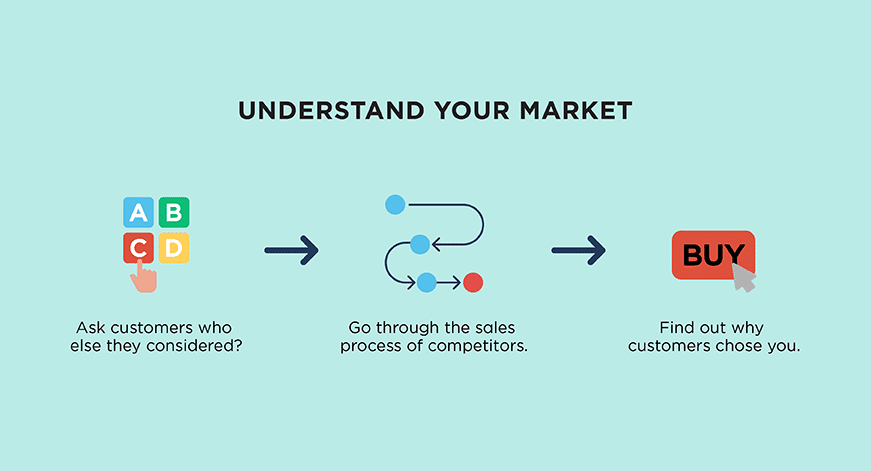
Where does our profit come from?
This might sound like an obvious thing to know. However, it’s surprising how many business owners don’t know where the real source of their profits is.
For instance, if you sell one key product, as well as some smaller add-ons or accessories. You need to be clear about which of those brings in the most profit. If the biggest profit comes from the add-ons, then you need a different sales pitch that pushes customers to make those extra purchases.
If you look at your numbers and are surprised about where your money is actually being made, it can be a sign that you need to make a change. It’s all about making the most of the resources you have to get the best outcome.
A great example of this is Groupon. Groupon was originally the ‘little brother’ to a website called The Point. Andrew Mason started Groupon as a side project. When it became clear, which was the profitable idea, he switched his focus. This is why you’ve heard of Groupon, but you’ve probably got no idea what The Point was.
What unique resources do we have access to?
The resources you have determine what you can do and where your business will go. So it’s important that you take the time to audit what you have and all the ways that these resources can be used.
If the pandemic has taught business owners anything, it’s to look at their resources in new ways. The diverse range of companies who started to make PPE and ventilators show that knowing what you have and what you can do with it can open up many new opportunities.
Keep in mind that resources are not just physical things. It is worth taking some time to do an audit of the skills your employees have. Not only will this allow you to ensure that you are making the best use of them all, but it can also reveal new ways to work and may give you access to new ideas.
The added bonus is that taking the time to get to know your employees can make them feel more valued, especially if you are looking for ways to use their skills.
What kinds of data do we have access to?
Data is a powerful business tool. No matter what you do, you will be generating and collecting data even if you don’t intend to. If you can analyse and parse that data, it can give your business insights, help you to support your customers, and guide your business decisions.
Before you can do any of that, you need to know what you have. Data comes in a lot of different forms and varieties. The most important type of data you need to know if you have is personally identifiable data. If you have anything like this, you will need to make sure that you are storing it in compliance with data privacy regulations.
It’s a good idea to go through all the places that you store any data and label them. Make a list of what you need and what you don’t. There is little point in keeping complex data that you will never use, especially if you have to keep it securely. Once you’ve pruned the useless data out it’s time to organise, store, and use what you’re left with.
How are we communicating our unique value to customers?
Once you are clear on your USP and your value proposition, it’s worth checking that you are sharing that information with your customers. There are a lot of different ways to go about doing that, but you need to make sure it’s explicit and consistent.
In situations where you have one clear, strong feature that makes you stand out a good way to communicate that to your customers is to use a brand promise. When you promise your customer something in this way, it shows that you understand what they want and you are going to deliver it.
Just make sure that you are able to keep any brand promises you make. You can be certain that it will be all over the internet in no time flat if you don’t.
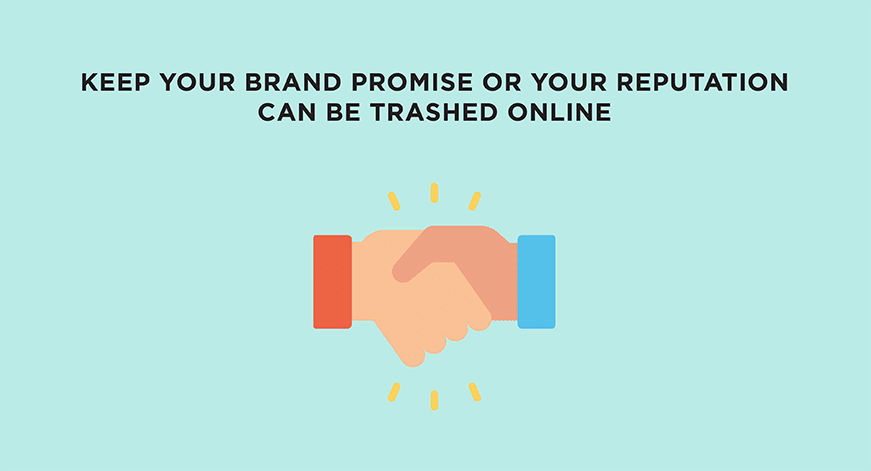
In your messaging, you’ll want to make sure that anywhere you mention your USP you are doing so in a prominent position. This isn’t something that you want to leave your customers to find. It should be at the heart of your message because it’s what makes you stand out.
A good way to check if your message is correctly aligned is to show some customers your material. Then ask them what the most important message is. If they don’t identify your unique value offer, then you will need to do some redesigning.
Related Questions
How can I better utilise customer data in my business?
Some of the buzz words floating around at the moment are ‘big data’ and ‘machine learning’. If you want to get people excited about what you do, these seem to be the terms to use. So, it’s a given that most companies and businesses are collecting as much data as they can about their customers.
However, the important part of the puzzle is knowing what to do with all the data you gather. Unless you really do have vast amounts of data and the technical knowhow, machine learning is unlikely to be the answer just yet.
When it comes to data, there are two big things you need to get right before you can put it to positive use. The first thing to focus on is how you are organising the data. If you just have sheets full of details and no way to process that information or analyse it for insights, then it’s not going to do you much good.
The second thing to consider is the safety of the data you have. There is nothing worse than having to tell your customers that you’ve lost control of their personal data.
Once you have your data organised and secure, you can start to look for ways to use it.
The most obvious use of all this data is to gain insights into who your customers are and why they are choosing your services. With that information, you can better tailor your marketing. You can personalise the communications with existing customers and focus your general marketing efforts in the right way.
Another way to make use of your customers’ data is to use it to help them. If you can provide insights to your customers that improve their experience of using your products or can prompt them when they might need to take action, it can build a more positive relationship. This sort of data use does need to be done with care. Done wrong, it can feel creepy.
What is the best method of setting business goals?
The best goals are ones that are chosen with care. A good system for generating goals is to make them SMART (Specific, Measurable, Achievable, Realistic, Timely). With SMART goals, you have clear objectives, you can measure your progress, and you can have a specific timeframe to work on it.
Some schools of thought suggest that you should always set highly challenging and ambitious goals. The idea is that this pushes everyone to work harder. You might not reach your goal, but you will achieve more than you would with a smaller target. This is a philosophy that is best used only on occasion. Constantly missing goals and falling short can be draining. So can pushing your team to work at full speed all the time.
The best goals are ones that are reasonable and achievable. You should focus on something that is within your reach and that you have control over. You can always revise goals if it becomes clear that they were set too low. However, It is also worth taking some time to celebrate when you do achieve any of your goals.
The process of setting goals is an important one. However, what you do once you’ve picked your goals is just as important. In order to create accountability, it’s a good idea to share your business goals. This can help the whole company feel like they are working together, and it can be an invitation for more ideas on how to achieve your goals.
